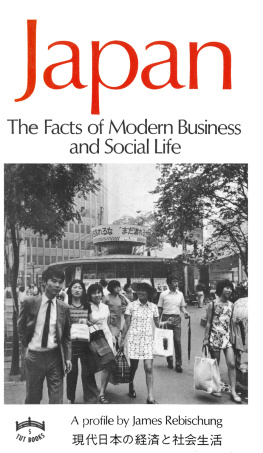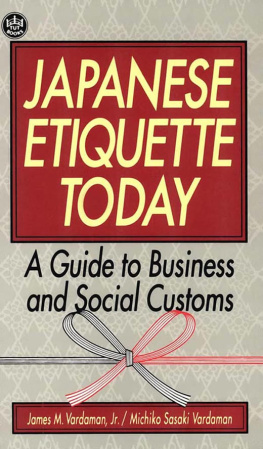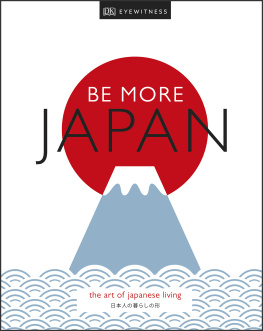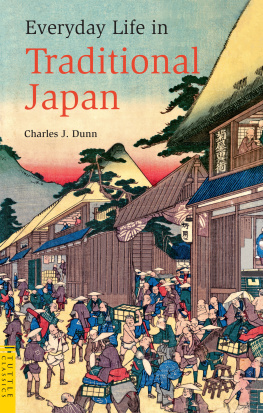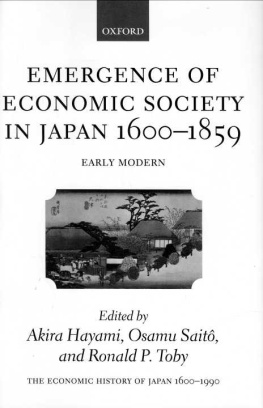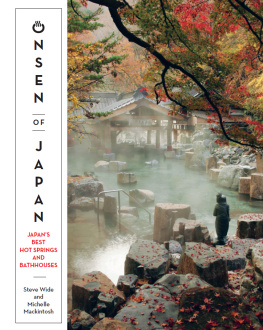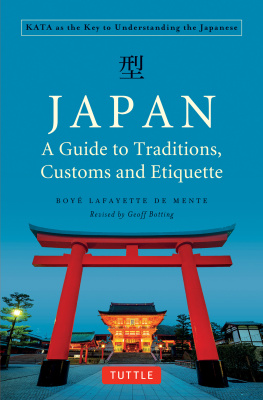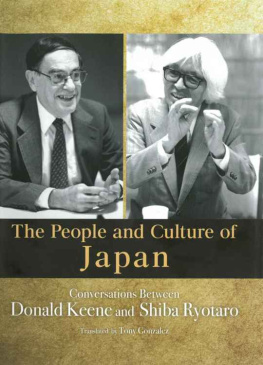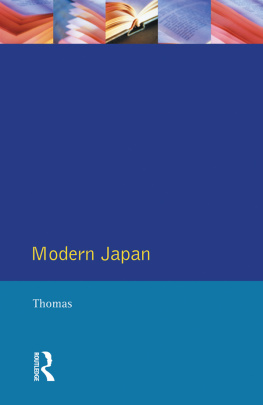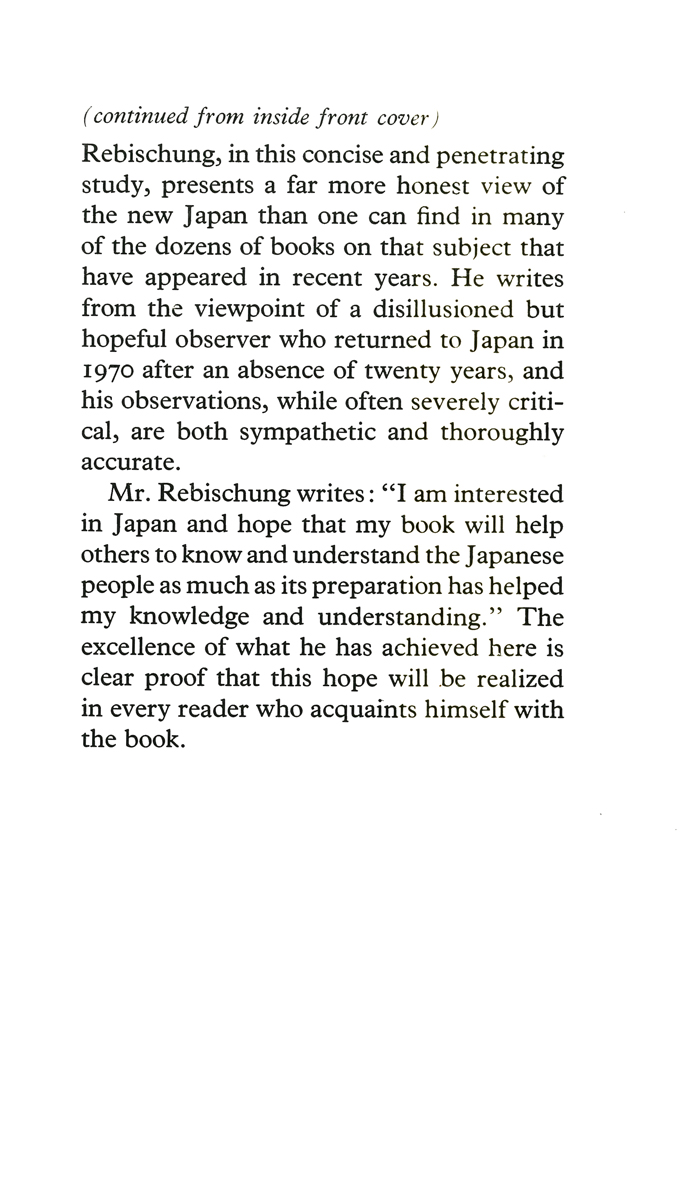
POPULATION DENSITY
For generations, Japan has been faced with the pressure of its population on the countrys limited land and resources. A hundred years ago japan had about 30 million people. By the turn of the century the figure passed the 40 million mark. By 1926 there were 60 million Japanese. Ten years later there were 70 million. At the end of the Pacific War there were nearly 80 million people. By 1960 there were 90 million. In 1967 the population reached 100 million and now stands at 105 million. However, because Japan is a literate nation, information about the dangers of over-population is widespread and the Japanese people have been able to control their rate of population increase. It is expected that the population will stabilize at approximately 123 million by 1985. Though birth control pills are not widely used in Japan, late marriages, other contraceptive methods, and legal abortions are the means by which families are limiting their off-spring. In 1971 over one million couples got married, about two million babies were born, and 700,000 abortions were performed.
The 105 million Japanese people live in a country which contains only 147,000 square miles, an area somewhat less than that of the state of California. But since much of the land is steep hills and rugged mountain terrain, only 20 percent of it is habitable. Thus, the Japanese have only about 29,000 square miles on which to live, a density of almost 3,600 persons per square mile. In contrast, China, which is usually thought of as teeming with people and heavily populated, has a density in its cultivated areas of only 1,650 persons per square mile. The United States figure is 276 persons per square mile, and the U.S.S.R. figure is 263.
The Japanese land situation is further intensified by the fact that better economic opportunities in the cities have caused a mass exodus from the rural areas. More than 300,000 people, for example, move to Tokyo each year. With a population of over 11 million, Tokyo is the largest city in the world. Moreover, in excess of 60 million people live in the Tokaido Megalopolis, the narrow belt of land extending along the east coast of Japan from Tokyo through Nagoya and Kyoto to Osaka and Kobe. The Japanese government estimates that half the Japanese people live on only 1.25 percent of the land, over 28,000 people per square mile. This is probably the highest population density statistic in the world.
Indeed, the second thing that a visitor to Japan notices after the polluted air are the crowds and crowded conditions. He feels at first that he has arrived in the country during the rush hour, and that presently the crowds will thin and he will be able to walk about more freely. But the crowds do not disperse and he remains puzzled. The visitor then finds that the urban areas of Japan are truly fantastic situations: wall-to-wall people, wall-to-wall houses, wall-to-wall houses, wall-to-wall traffic and wall-to-wall noise. Life in the cities seems so thick as to be oppressive. The visitor is bewildered, discomforted, and even depressed. Nowhere has he ever seen anything like a Japanese city. He realizes that he never really knew the meaning of words like over-population and crowds.
To visit a city such as Tokyo is to have the feeling of being assaulted. Its reality is almost overwhelming. Everywhere there are people: on the streets, in the trains and stations, in the restaurants, in the department stores. People, people, and more people. There seems no place to stand or to hide. Every square foot of space seems occupied by someone. The restaurants are full, and there seem to be four or five clerks behind every department store counter. The stores are jammed, and one must get in line for everything, even to buy a soft drink at a vending machine. Everywhere one goes he is in a crowd. For most of the day Tokyo is in a continual rush hour, and in the Ginza area swarms of people stream by in never ending masses. One cannot help wondering how the Japanese people in the urban areas manage to survive the continual assault of such stimuli on their nerves, how they retain their equilibrium, even their mental health, in the face of such vitality, such pressures, such proximity, and such air pollution.
But surprisingly, in these silent urban crowds no one touches anyone else, and there is no jostling. Each person has an invisible, two-inch space around him which no one violates. No matter how dense the crowds, at the arrestation of pedestrian traffic by stop lights, everyone seems to halt instinctively before bumping into another. This is even more uncanny because no one in these crowds seems to be paying attention to the traffic. Everyone seems to be turned inward, going about his business as if no else existed. It would appear that living in such crowded conditions has forced the Japanese city-dweller to isolate himself psychologically from the myriads which surround him, In the streets, the foreign visitor finds himself totally ignored where ever he wanders; it is just like being in any other large over-crowded city. Everyone is hoarding his store of psychic energy.
These crowds, moreover, are composed of seemingly young people. Fully a third of the Japanese people between the ages of fourteen and twenty-four are in the cities either for work or for school. The average age on the streets of Tokyo would appear to be about twenty-two, and rarely is a gray head seen; everywhere the faces are young and people over thirty are greatly outnumbered. To the Westerner, accustomed to the physical differences of his own kind, the crowds of Japanese in Tokyo and other cities seem to be straight out of Huxleys Brave New World, where the Bokanovsky Process has produced thousands of identical twins.
The intense numbers of people occupying so limited a land area make Japan look like a nation in which everyone seems to be going somewhere all the time. Buses, trains, and stations seem always to be full of people, and the streets and highways always full of traffic. Almost 2,500 trains pass through Tokyo Central Station on an average day, and all forms of transportation in the city move over 30 million passengers daily. In one year, Tokyo buses alone carry more than 500 million passengers.
In Japan, all forms of transportation seem strained to the utmost, and the commuter crush on the trains and subways has been much publicized. The Japanese have even measured and classified the commuter rush. In the usual 100 percent passenger-jam wherein they have reached their fixed number, passengers can take their seats, cling to straps or hold on to the steel-bar supports. At 150 percent, their shoulders touch and half their number cannot reach the straps, but they can still unfold newspapers. At 200 percent jam, passengers bodies touch each other with pressure, but they can still unfold a small magazine. At 250 percent capacity, passengers cannot move their bodies or their hands and lurch each time the coach shakes. At 300 percent jam, passengers are in a condition near to the physical limit and run the risk of bodily injury. The degree of passenger-jam on principal railway lines in Tokyo during the rush hour often reaches 250-500 percent. At many subway stations in the urban areas it is necessary to employ special pushers and pullers to get people in and out of trains.
To meet the surge of commuters and to cope with their ever-increasing numbers, there are subway lines in all the major cities, Kobe, Nagoya, Osaka, Sapporo, Tokyo, and Yokohama. Crowded Tokyo, which has more than three million people using the subways each day, has taken to four-tracking its lines, running more trains, and digging more subways at a cost of from $13 to $20 million a mile. By 1975, Tokyo expects to have eleven lines with a total of 177 miles of track. However, since the population of Tokyo grows every year and is expected to reach 38 million by 1985 almost a third of the Japanese population at that time subway construction in the city, with its attendant dirt, noise, and disruption should be a constant feature until the year 2000.
Next page
